Dao
No longer a newbie, moving up!
I would caution however that when shooting things like the Grizlzy, or even black or brown bears, you want reach. Lots of reach. I have always maintained that with bears, if one fills the viewfinder and you are shooting anything shorter than 400mm ( an that's pretty D@^& short to me) then you are no longer a photographer, your dinner. :lmao:
My friend always tells me. Bring a friend with you and you do not need to out run the bear. You just need to make sure you can out run your friend.




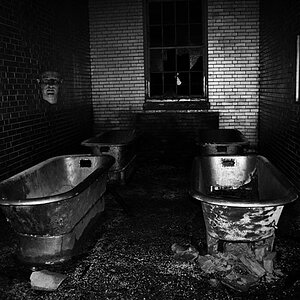
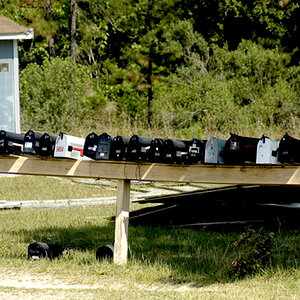
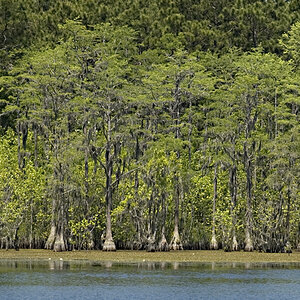
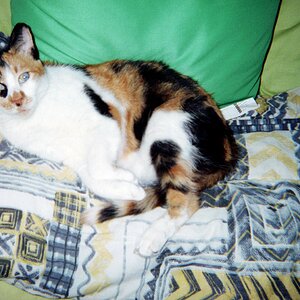
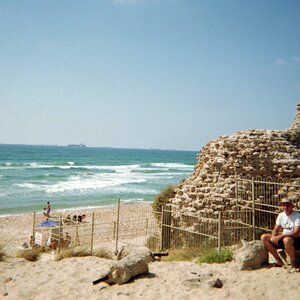
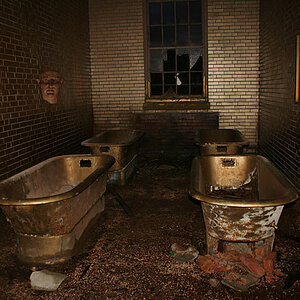
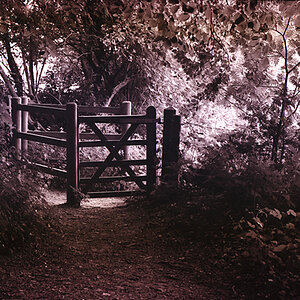
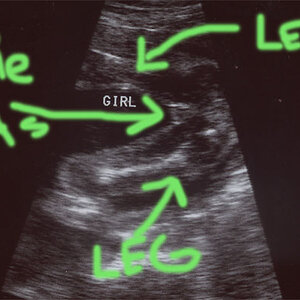
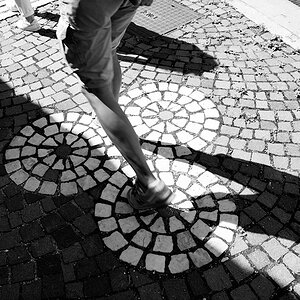
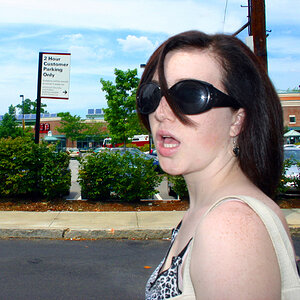
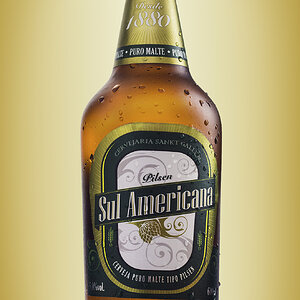
![[No title]](/data/xfmg/thumbnail/31/31757-4f5257d19be4e34c6bdcbd2519380d53.jpg?1619734994)